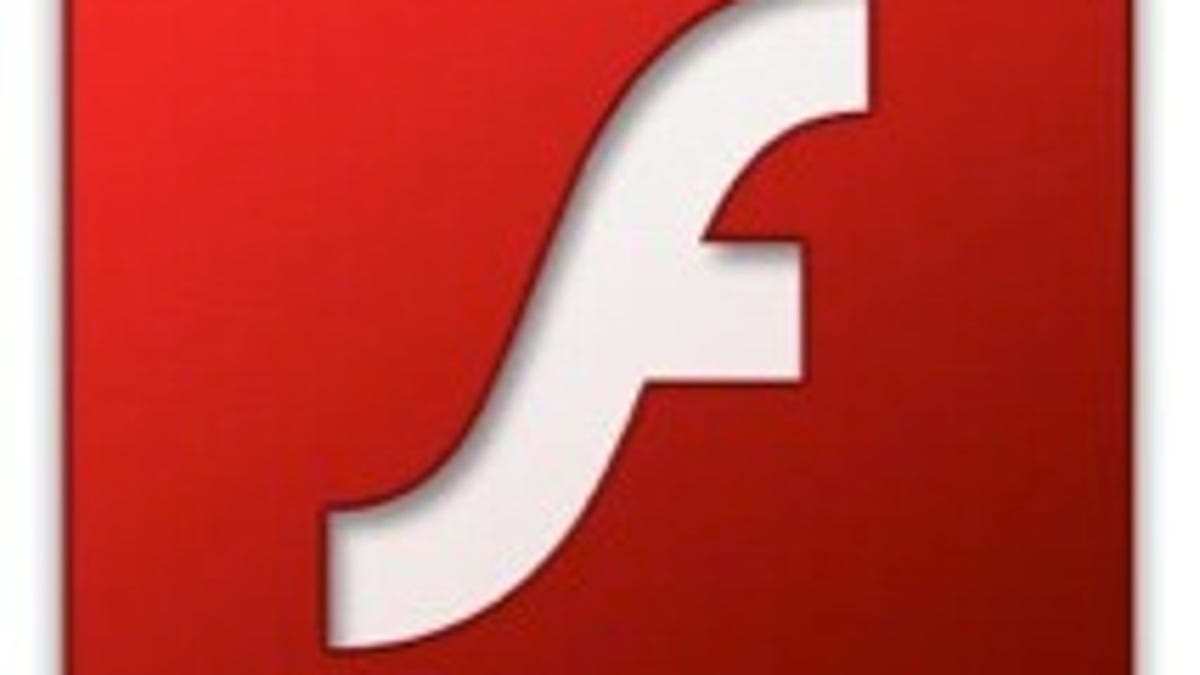Microsoft gives Flash a reprieve in IE10
Adobe's plug-in will be built directly into Windows 8's browser, optimized for touch, security, and power efficiency, a source says. But it's only a temporary move.

It appears that ditching Adobe System' Flash Player wasn't as easy as Microsoft thought earlier this year.
Because screenshots from WinUnleaked show the browser plug-in working even in the Metro version of IE10 where Microsoft had earlier said plug-ins would be barred.
Microsoft and Adobe declined to comment for this story. But a source familiar with the plans said IE10 will build in a version of Flash Player optimized for Windows 8 matters such as touch-screen interfaces, power consumption, and security.
The reason, the source said: browsers just aren't ready yet to ditch Flash, so Microsoft will give it a more graceful exit while Web developers figure out Web standards that can replace it.
Flash is widely used for streaming video, casual games, and interactive sites, but Web standards such as HTML5, CSS3, and JavaScript are supplanting it, and now Adobe is among the companies working tools that will let those standards fill Flash's shoes.
Building Flash into IE10 directly, similar to Google's approach with Flash in Chrome, gives Microsoft a semantic if not technological way to sidestep its earlier pronouncements.
In January, IE chief Dean Hachamovitch called Flash and other plug-ins a relic of a bygone age of the Web:
Running Metro-style IE plug-in free improves battery life as well as security, reliability, and privacy for consumers. Plug-ins were important early on in the Web's history. But the Web has come a long way since then with HTML5. Providing compatibility with legacy plug-in technologies would detract from, rather than improve, the consumer experience of browsing in the Metro-style UI.
Metro is the new interface that's front and center on Windows 8, with a grid of application tiles replacing the start menu and a Microsoft goal of "fast and fluid" touch user interface. Windows 8 also will come with the "classic" interface, where Flash Player will run fine.
Ars Technica reporter Peter Bright caught wind of the change, tweeting that "Adobe was desperate to get Flash included, begged Microsoft, so it's going to be a Chrome-like deal."
And Rafael Rivera and Paul Thurrot said on Within Windows that Flash won't get free reign. Instead, it'll be a facet of the "compatibility view" approach Microsoft uses to handle Web sites not coded to modern standards. "Flash is supported for only those popular but legacy Web sites that need it. This feature is not broadly available for all sites," they said.

